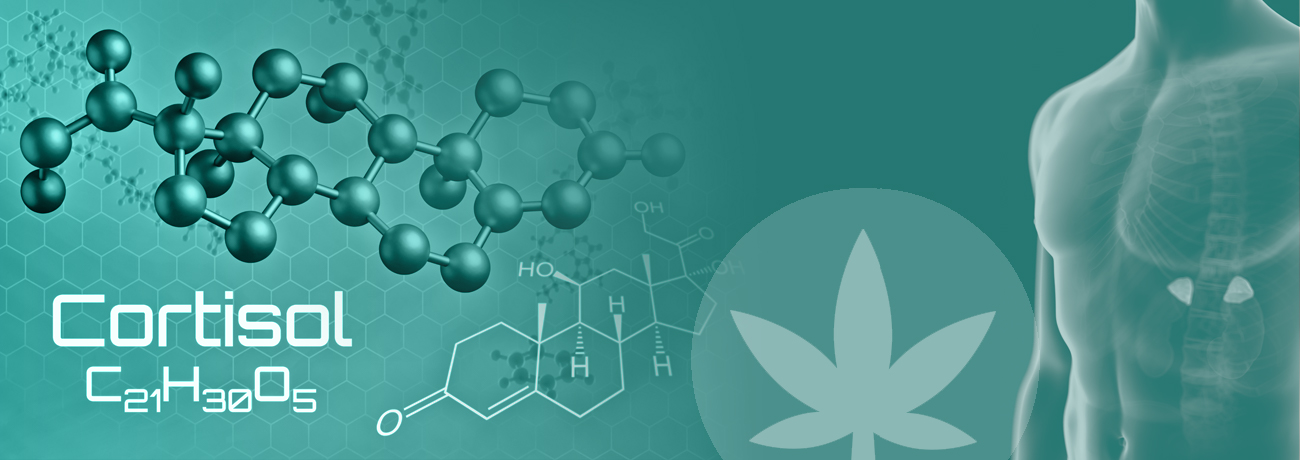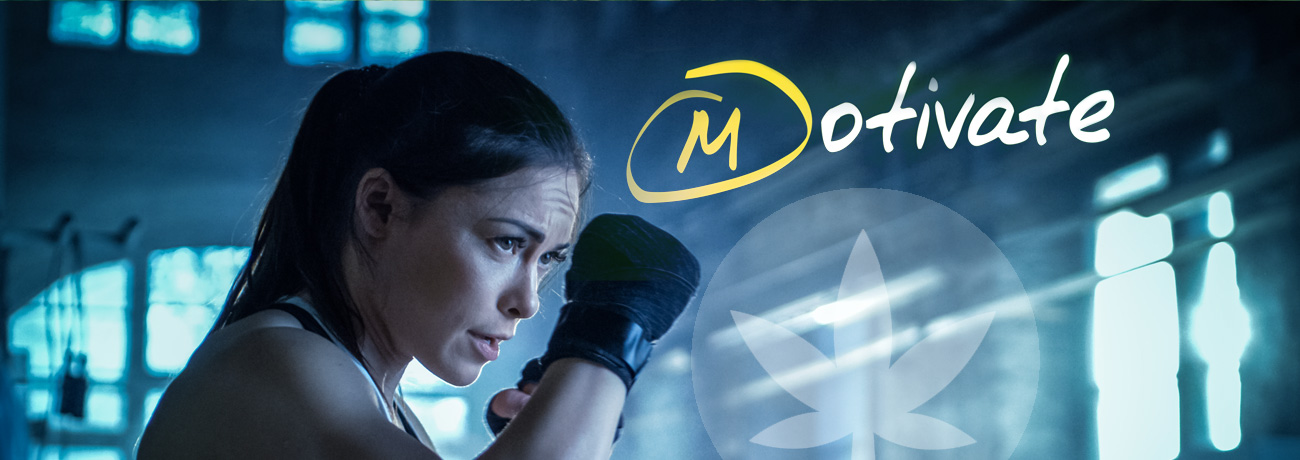How Does CBD Help With Muscle Growth?
Last updated:
Published:
Whether you are an avid gym-goer or just looking to get more toned, muscle growth is essential. Not only is the boost in self-esteem a welcome byproduct, but stronger muscles support our resistance to injury and help us stay active into old age. To find out how CBD can be a non-intoxicating aid to muscle growth, keep reading.

Understanding muscle building
Before we delve into the potential muscle-building benefits of CBD, it is worth understanding how our hormones contribute to the development of muscle strength and mass. In particular, two groups of hormones play a crucial role—catabolic and anabolic hormones.
The latter can promote tremendous amounts of muscle growth, with boosters to anabolic hormones being a favourite among hardcore bodybuilders. For the casual gym-goer, or someone just looking to stay active, anabolic supplements carry a lot of risks.
Instead, we turn our attention to the catabolic side of things. These do the opposite of anabolic hormones and, instead of promoting muscle growth, contribute to the breakdown of muscle fibres by interfering with protein synthesis. Of all the catabolic hormones, cortisol is the largest culprit when it comes to interfering with muscle building.

CBD and muscle growth: what’s the link?
It may sound strange to talk about muscle-reducing hormones like cortisol when we're trying to encourage growth; however, there is a method to our muscle madness. If we can limit a spike in cortisol, then it is possible to reduce the amount of damage it does to the size of our muscles. Thankfully, CBD has been shown to “interfere with cortisol secretion” via its interactions with the endocannabinoid system.
CBD appears to help manage the overload of cortisol experienced during stressful situations—mental or physical. Unfortunately for us, workouts count as physical stress; if spikes in cortisol are not kept in check both before and after a workout, the hormone can undo all of your hard work. CBD prevents cortisol's reduction of protein synthesis and supports the ECS in restoring balance. Maintaining a state of homeostasis is key to any biological process—that’s why the anti-catabolic properties of CBD could be so beneficial for muscle growth.
How else can CBD help with muscle growth?
It isn’t just a reduction in cortisol levels that makes CBD an ideal gym partner. Often, the first hurdle in building more muscle is actually getting to the gym or having the motivation to work out. An overview of CBD’s pharmacological aspects found the compound to show anxiolytic properties. A less anxious, more balanced mental state makes getting up and staying active that little bit easier, and once you start to see results, the sense of satisfaction is self-fulfilling.
There is also the cannabinoid's impact on sleep to consider. The body achieves most of its recovery at night, when cortisol levels are at their lowest. Getting a full night's sleep is essential for muscle growth. In animal models, CBD “appears to increase total sleep time, in addition to increasing sleep latency in the light period of the day”. Not only could we get a longer, more restful night's sleep, but the compound could support us in feeling more alert during the day and making the most of our workouts.

Working out with CBD can support body and mind on multiple fronts
Whether you are looking to encourage muscle growth or help your muscles recover more efficiently, CBD appears to have the qualifications for both. The proposed anti-inflammatory properties of the compound are also said to help reduce muscle soreness and keep joints supple.
Even better, CBD is not a compound reserved for the elite fitness enthusiast. Instead, it can have a beneficial impact on anyone looking to stay active, no matter the fitness regime. With the potential to also improve the way we feel and the quality of our sleep, the relationship between CBD and living an active lifestyle looks like a long and prosperous one.













